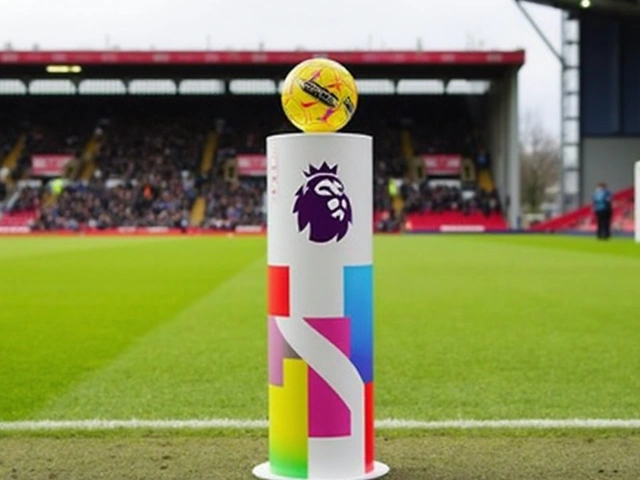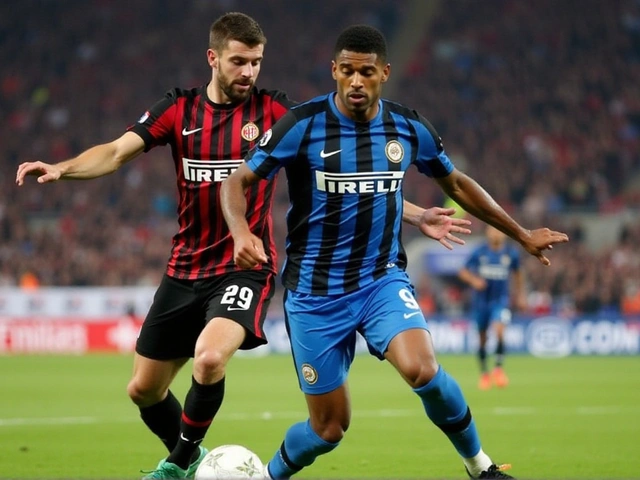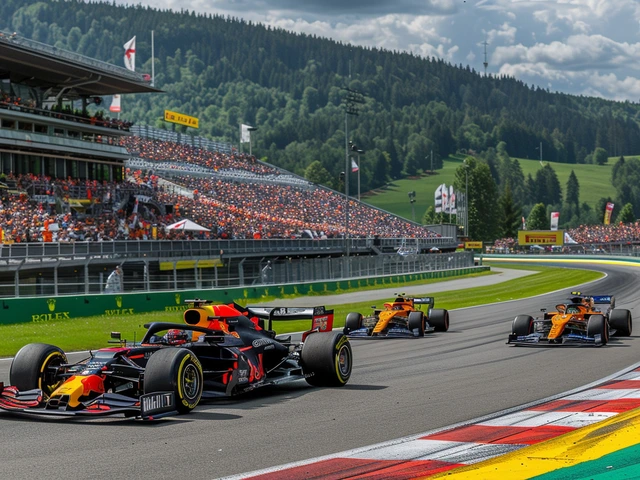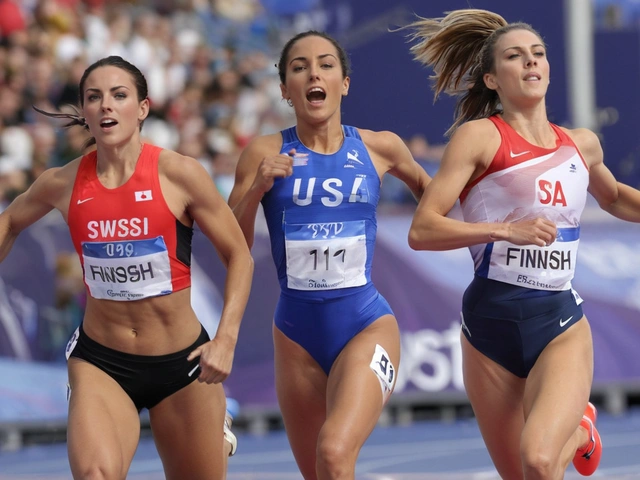Austrian Grand Prix – All You Need to Know
Every summer the Red Bull Ring lights up with F1 action, and fans worldwide tune in for the Austrian Grand Prix. Whether you’re a die‑hard supporter or just curious about what makes this race tick, we’ve got the basics covered. From the track’s quirks to the latest driver news, let’s break it down in plain English.
What makes the Austrian GP special?
The Red Bull Ring is short and fast, with a mix of tight corners and long straights that reward brave braking and good traction. Because the lap is only about 4.3 km, you see lots of laps – which means more chances for overtakes and drama. Local fans love the mountain‑view backdrop, and the race often decides who’s heading into the final stretch of the season with momentum.
Key storylines to watch
This year the title fight is heating up, so every point matters. Keep an eye on how the home team, Red Bull Racing, handles tyre strategy – they usually nail it but a surprise call can shake things up. Also watch the midfield battle; teams like McLaren and Alpine are fighting hard for podium spots, and a good start could catapult them into the top three.
Driver performance is another big factor. Max Verstappen’s speed on these straights makes him a favorite, but the tight hairpins give an edge to drivers who can brake later without losing grip. If you’re betting or just guessing who will win, consider who’s strong in low‑speed corners – that’s often where races are decided.
How to stay updated on the race
The easiest way to follow is through live timing apps – they give real‑time lap data and sector times. Social media accounts of the teams also post quick updates, especially when there’s a safety car or a surprise pit stop. For deeper analysis, check out post‑race videos that break down key moments in under ten minutes.
If you’re watching from home, most broadcasters offer a split‑screen view that shows both the race and live commentary. Turn on captions if you want to catch driver radio messages; they often reveal strategy tweaks straight from the pit lane.
Tips for first‑time viewers
Don’t try to watch every lap – focus on the start, any safety car periods, and the final ten laps when positions usually shuffle. Look out for DRS zones on the long straights; that’s where overtakes happen most often. And if you’re new to F1 jargon, remember: ‘pole’ means the fastest qualifier, ‘pit stop’ is when cars refuel or change tyres, and ‘DRS’ is a speed‑boost system used in specific track sections.
That’s the quick guide to the Austrian Grand Prix. Keep this page bookmarked for updates throughout the weekend, and you’ll never miss the key moments that make this race a highlight of the F1 calendar.
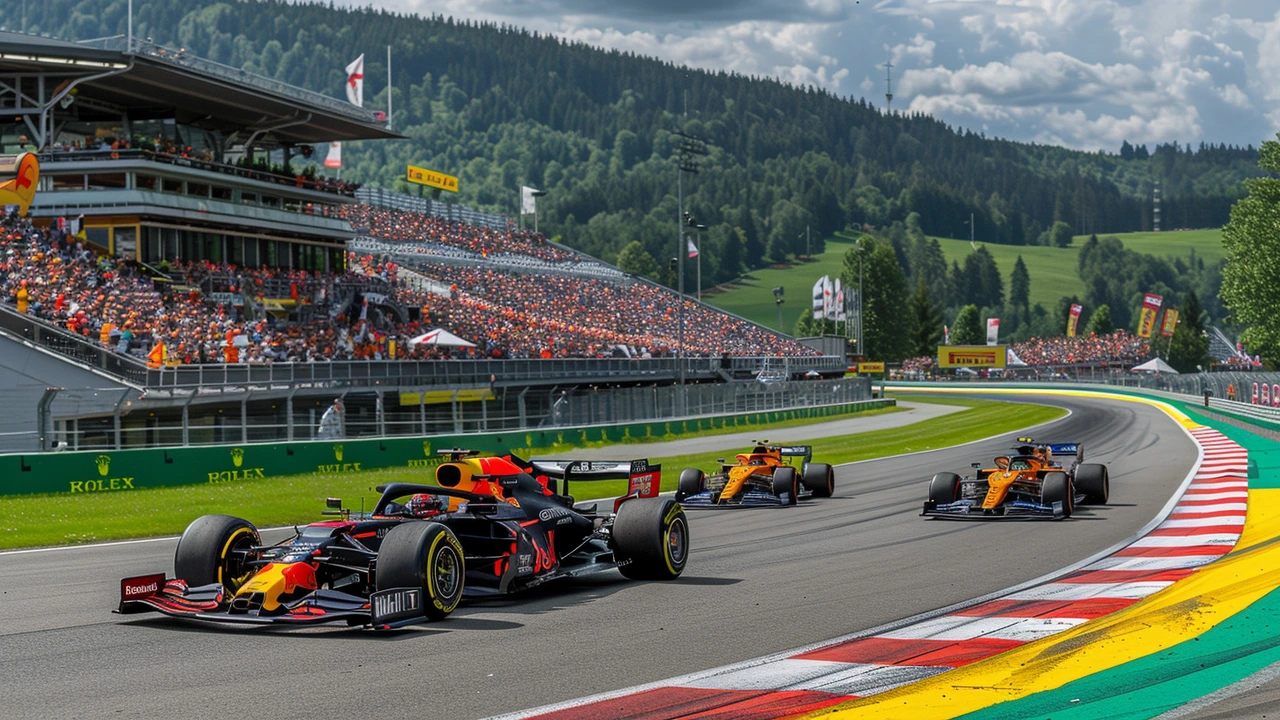
Dramatic Collision Shakes Austrian Grand Prix as Verstappen and Norris Battle for Lead
The Austrian Grand Prix saw an electrifying climax as Max Verstappen and Lando Norris collided in a tense fight for the lead, ending Norris's race prematurely. Verstappen, who started from pole, was caught by Norris after a sluggish final pit stop. Both expressed frustration with their strategies, leading to a collision at Turn 3 on Lap 64. This allowed George Russell to clinch an unexpected victory.

